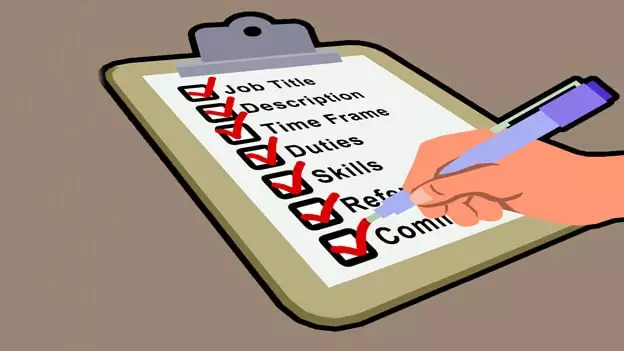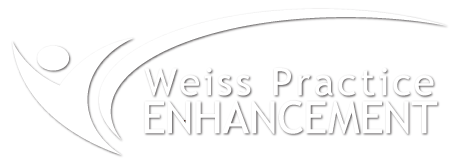Job descriptions and job ads are two essential tools used in the hiring and onboarding process. But there is a difference between job descriptions that are written to fill an HR file and job descriptions that are living documents used to set expectations and ground employee performance. In this article, we’ll show you the components of a job description that can assess, orientate and evaluate new and veteran team members.
The Role of Job Ads Versus Job Descriptions
Let’s begin by stating that a job description is not the same thing as a job ad. Although many job ads do list the responsibilities associated with a position, job ads should focus on describing the desired skills, knowledge and abilities (also known as competencies) of the successful applicant. The goal of a job ad is to promote your practice as the place where applicants with a desired list of skills and qualities would want to work. It is an “attraction” piece.
When a good candidate has submitted their resume, you can then send them your job description so they understand the expectations associated with the job. The job description becomes part of the interviewing process once the candidate has been attracted.
Job Descriptions Convey Your Vision
A good job description helps future and current employees identify the tasks, responsibilities and key performance indicators (KPI) associated with their job role. But perhaps, even more importantly, a great job description answers the question “Why is this important?”
You know how a four-year-old continually asks why questions. “Why is the sky blue? “Why do you make me eat Brussel sprouts?” “Why can’t I stay up late?” An ideal job description describes the philosophy underpinning your expectations. This is essential if you want your employees to find their work meaningful.
Let’s take answering the phones as an example. You might tell a new employee that she must answer the phone within 3 rings. But if you don’t connect that expectation with a good reason, you’ll end up with an employee with grudging compliance or who may challenge the edict (If I’m occupied, someone else will get the phone).
Job descriptions need to begin with a vision of the position. Here is the vision for an appointment coordinator.
The Appointment Coordinator is the face and voice of our office. S/he is normally the first person patients meet. S/he coordinates, integrates and represents all facets of patient services from the 1st phone call through continuing care compliance. S/he is responsible for filling the doctor and hygiene schedules and manages the schedule to meet the practice’s production, efficiency and collection goals. S/he is responsible for ensuring that we enjoy a balanced, productive schedule that provide the best outcomes for our patients and the practice. The Appointment Coordinator promotes the practice through a helpful, kind and considerate approach with patients.
This vision serves as the justification for the job tasks which will follow.
Three Competency Categories
Every job description should begin with the vision or purpose of the position. The rest of the document then lists the job tasks, duties and requirements that will fulfill that purpose. But these duties should not be a just a long, rambling list; they are divided into three buckets or competency categories. These are:
- Role specific
- Teamwork
- Practice Building
Each team member’s responsibilities and expectations will fall under one of those three categories. This means that employees will be evaluated and eventually compensated not only by how well they do their own specific jobs, but also by how well they helped their colleagues and supported the practice as a business. This gives you more leverage when talking with employees who may be great clinically but who don’t engage with their colleagues or who don’t show an interest in the practice’s overall needs.
Key Performance Indicators
It’s all well and good to have a vision of the position and then associated responsibilities, but the job description also needs to answer the question: “How will we measure success?” The KPI section shares objective goals and targets. For an appointment coordinator, KPIs can include:
- Schedule Dr to reach her daily goal of $4,500, 90% of the time
- Convert 90% of appointment inquiries to new patients
- Ask 90% of our new patients for a review
Including these kinds of statistical goals gives new employees clarity about what they are supposed to achieve and provides an easy way to measure a veteran employee’s contribution when considering raises.
The Role of the Job Description During Interviews
Once you have attracted a good candidate to your practice, send him or her the job description prior to talking. Your screening questions, therefore, can be about the candidate’s reactions to the job description.
- Which of the responsibilities on the job description appealed to you the most?
- Which did you find the least appealing?
- How would rate your skills against these job duties?
- Based on this description, where would you need additional training?
The Bottom Line
A robust job description launches your relationship with a new employee and guides the behavior of current employees. When you hire new team members, the job description can provide value and worth to their job expectations as well as clarity about their statistical goals.
I have job descriptions for every role in the practice (including the dentist!). Schedule a call with me and we’ll review them so you can include them in your hiring process.




